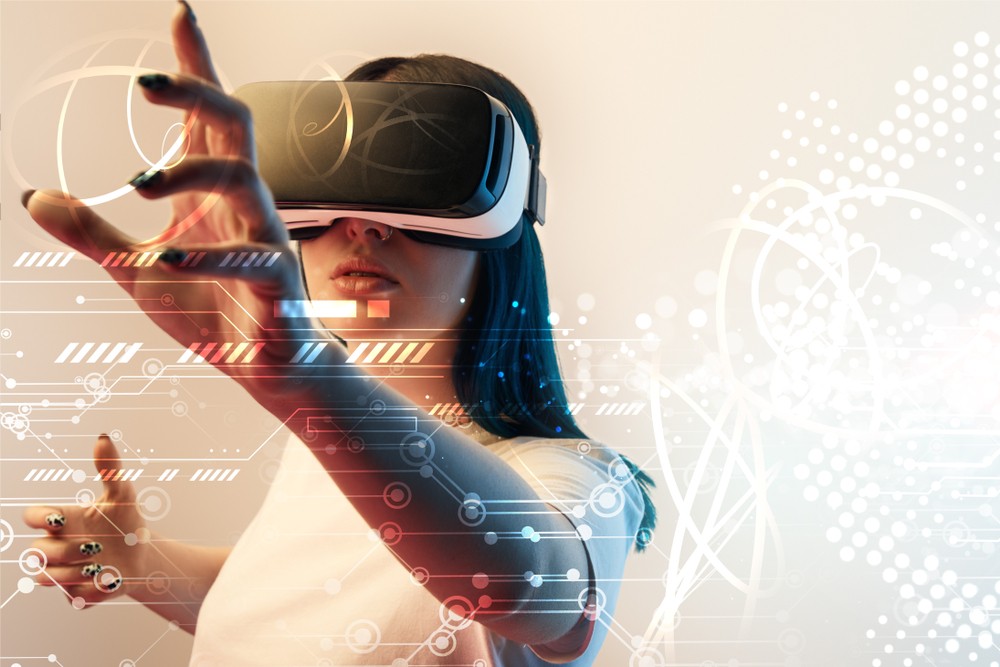Global warming is the recognised cause of the UK’s recent erratic weather conditions, as colder fronts clash with increasingly warmer cyclones. The disruption caused by storm Larissa in March 2023 is only the latest example. With drivers stranded the length and breadth of the country, field engineers had no option but to stay at home, putting thousands of repairs behind schedule.
As these weather patterns become the norm, businesses need to understand that they have a responsibility to mitigate the costs incurred from the frequent snow and floods. After repeated occurrences, companies can no longer simply blame the weather for missing KPIs. To build resilience, engineering firms already have solutions available that reduce their exposure to the effects of climate change, and Mixed Reality (MR) is one of the most practical ones, allowing for repairs and maintenance to continue by removing the need for senior engineers to attend site in person.
When transport links fail, switchover to other links
When there is a critical mechanical or electrical failure and it’s impossible to get a qualified senior engineer to a remote site due to road closures, what options does a company have? In most cases, an engineer who works close to where the fault is located can be sent as an alternative, as long as they have some basic knowledge of the broken system. But they are unlikely to be able to fix the problem by themselves. To remedy this, they may phone the senior engineer for guidance, or even set up a video call to show the problem in more detail, but even with this help, there are still major limitations on what can be accomplished.
Much more can be achieved by utilising MR, which through the use of integrating digital content in the real world, provides advanced collaboration opportunities. During an MR session, the remote expert can draw and annotate over the physical object that the engineer is looking at, helping to highlight which buttons, switches, wires or elements need to be actioned, all frictionless in a hands-free and heads-up environment.
How MR enhances real-world experiences
MR brings digital enhancements to the real world, visible through the use of a special MR glasses that project 2D and 3D images into the engineer’s view. It is complimentary to standard audio and video assistance, and brings greater situational presence of the remote engineer, allowing them to intervene and point out in detail what work needs to be done through applying clear visual markers. This working regime not only brings greater task completion rates and operational efficiency, it also supports enhanced training.
As opposed to Virtual Reality, exemplified by the Metaverse, which requires a headset that fully engages the user and blocks out all external visual signals, MR allows the digital world to interact with the real one, thereby augmenting the actions of the user. By combining the digital identity of the MR user with input from local sensors, situational data and the physical space, engineers have everything to hand to complete that critical repair on a piece of equipment.
Training on the go
Beyond its ability to help seasoned engineers fix remote faults from their desks, working through less experienced engineers, there are many other applications for this exciting technology. While saving on fuel and transport costs, thus promoting sustainability, MR is a great way of enhancing the skill sets of junior team members.
Each year, thousands of experienced engineers leave the workforce, taking their skills and hard-won knowledge with them, without fully transferring these skills to the next generation of workers. Often there are no structured plans to facilitate the handover of this knowledge, alternatively the opportunities to learn new skills in the field don’t readily present themselves. Given the skills shortage in the UK economy, and the cost of hiring senior engineers, regardless of the disincline or domain of experience, this is a real problem.
The Institution of Engineering and Technology estimates a shortfall of over 173,000 workers in STEM sectors, resulting in 10 unfulfilled roles per business in the UK. This leads to a £1.5bn cost to the economy each year, with 49% of engineering businesses struggling to recruit the right workers.
MR is a technology that utilises the ‘learning through doing’ approach, which is highly attuned to most engineers who work with physical objects. It means that engineers can practice their skills in field, guided by more senior colleagues, and fix real problems while also picking up vital knowledge. This approach also helps to pass on the skills from one generation of engineers to the next.
The broader benefits of MR
While in this case, the primary benefit of Mixed Reality lies in enabling experienced engineers to provide guidance to less experienced colleagues, and avoid dangerous or impossible journeys in the process, the advantages of this technology extend far beyond this. In light of the scarcity of skilled workers in the engineering field, MR serves as a platform for junior engineers to hone their abilities and contribute greater value to their organisation, while learning in a way that promotes long-term knowledge retention. With adverse weather becoming increasingly frequent, companies that wish to remain agile will need to find new solutions, such as MR, to continue to deliver against their agreed service levels, as customers’ patience with delays due to the weather begins to wear thin.




